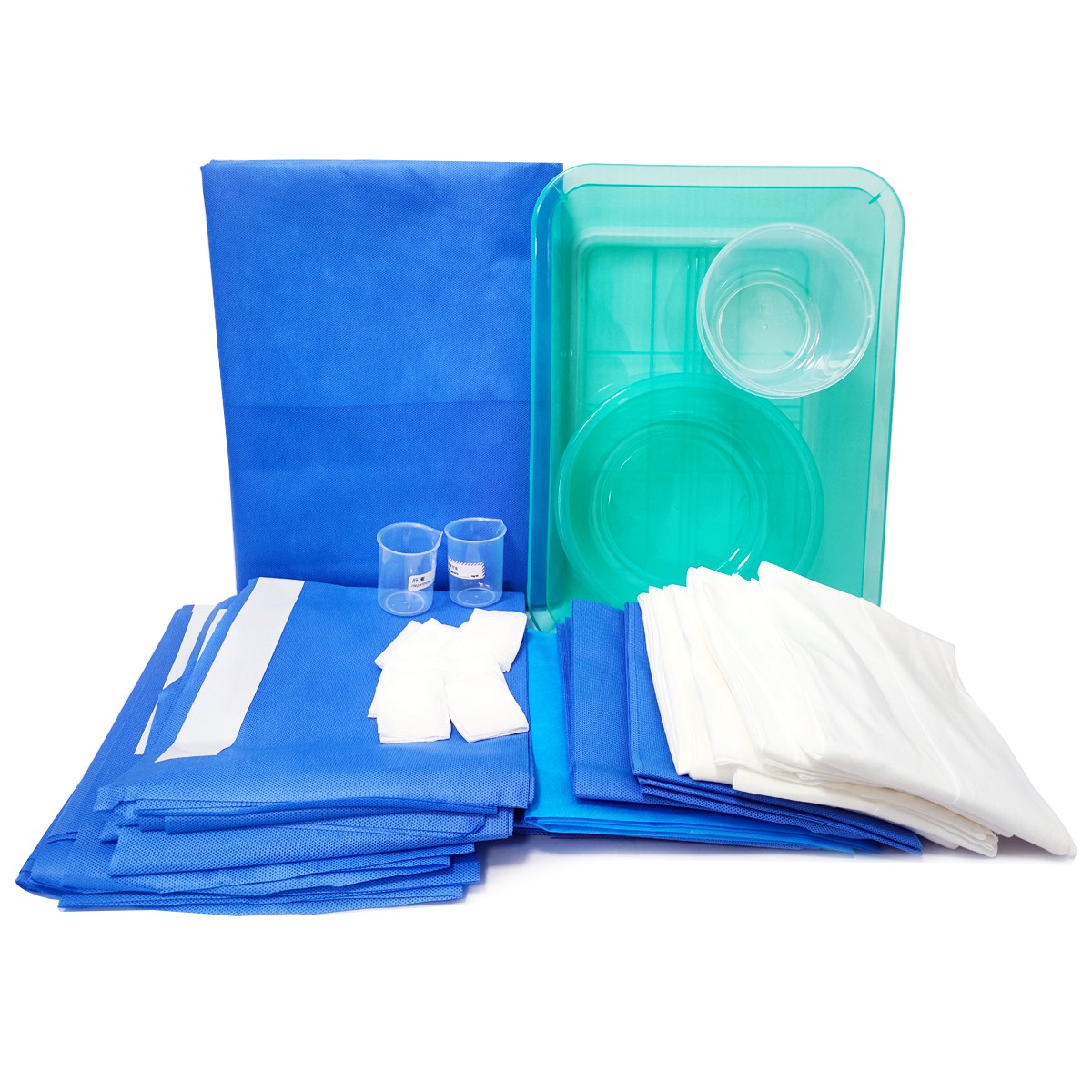In our modern world, chemicals are ubiquitous. They are present in our homes, workplaces, and even in the air we breathe. While many chemicals serve beneficial purposes, others pose significant health risks. Understanding what constitutes unsafe chemicals is crucial for safeguarding our health and the environment. This article delves into the various categories of unsafe chemicals, their sources, potential health effects, and practical steps for minimizing exposure.
Understanding Unsafe Chemicals
Unsafe chemicals can be defined as substances that, when introduced into the environment or human body, can cause adverse health effects. These chemicals can be classified into several categories based on their origin, usage, and toxicity levels.
- Industrial Chemicals: These are often used in manufacturing processes and can include solvents, heavy metals, and plastics. Common examples include benzene, formaldehyde, and lead. Exposure to these substances can occur through inhalation, skin contact, or ingestion, leading to serious health issues such as respiratory problems, neurological damage, and cancer.
- Pesticides and Herbicides: Widely used in agriculture, these chemicals are designed to kill pests but can also harm non-target organisms, including humans. Organophosphates and carbamates are two classes of pesticides known for their neurotoxic effects. Chronic exposure can lead to developmental disorders in children and various chronic illnesses in adults.
- Household Chemicals: Many everyday products contain unsafe chemicals. Cleaning agents, air fresheners, and personal care products often include volatile organic compounds (VOCs) and phthalates. These substances can contribute to indoor air pollution and have been linked to respiratory issues, hormonal disruptions, and even reproductive problems.
- Endocrine Disruptors: These chemicals interfere with the body's hormonal systems and can lead to a variety of health issues, including infertility, obesity, and cancer. Common endocrine disruptors include bisphenol A (BPA), found in plastics, and certain pesticides. Their pervasive nature makes them particularly concerning, as they can accumulate in the food chain.
Sources of Unsafe Chemicals
Unsafe chemicals can be found in various environments, including:
- Industrial Sites: Factories and manufacturing plants often release hazardous chemicals into the air and water, posing risks to nearby communities.
- Agricultural Fields: The use of pesticides and fertilizers can lead to chemical runoff, contaminating local water supplies and affecting ecosystems.
- Households: Many common household products contain unsafe chemicals that can off-gas into the air or leach into food and water.
- Consumer Products: Items such as toys, electronics, and furniture can contain harmful chemicals that pose risks during use and disposal.
Health Effects of Unsafe Chemicals
The health effects of exposure to unsafe chemicals can vary widely depending on the substance, level of exposure, and individual susceptibility. Some potential health effects include:
- Acute Effects: Short-term exposure can lead to immediate symptoms such as headaches, dizziness, skin irritation, and respiratory distress.
- Chronic Effects: Long-term exposure can result in serious health conditions, including cancer, reproductive issues, and neurological disorders.
- Developmental Effects: Children are particularly vulnerable to the effects of unsafe chemicals, which can interfere with growth and development, leading to cognitive deficits and behavioral issues.
Minimizing Exposure to Unsafe Chemicals
To protect yourself and your family from unsafe chemicals, consider the following practical steps:
- Educate Yourself: Stay informed about the chemicals present in your environment. Read labels on household products and research the ingredients to identify potential hazards.
- Choose Safer Alternatives: Opt for products that are labeled as non-toxic or environmentally friendly. For cleaning, consider using vinegar, baking soda, and essential oils as natural alternatives.
- Improve Indoor Air Quality: Ensure proper ventilation in your home. Use air purifiers and regularly change HVAC filters to reduce indoor air pollution.
- Be Cautious with Food: Wash fruits and vegetables thoroughly to remove pesticide residues. Consider buying organic produce when possible to minimize exposure to harmful chemicals.
- Advocate for Change: Support policies and regulations that aim to reduce the use of unsafe chemicals in industry and agriculture. Engage in community efforts to promote environmental health.
Conclusion
Unsafe chemicals are a pervasive threat to human health and the environment. By understanding their sources, health effects, and how to minimize exposure, individuals can take proactive steps to protect themselves and their families. Awareness and education are key in combating the risks associated with these hazardous substances. As we continue to navigate a world filled with chemicals, it is imperative to prioritize safety and advocate for a healthier environment for future generations.

